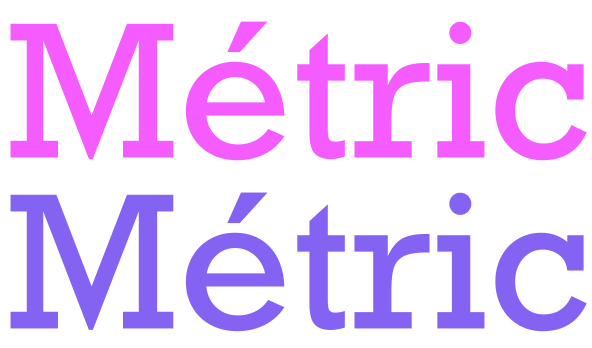

In design, particularly for websites,
there are several fundamental principles
that designers often consider.
These
principles might are crucial to geometric
web design as well.
A grid provides a structured framework for organizing content. In geometric design, grids can be particularly important for maintaining clean lines and alignment. A grid is a structured framework of intersecting horizontal and vertical lines that divides a design space. Its primary purpose is to provide organization and order to a layout by guiding the alignment and positioning of elements. Designers implement grids to maintain visual consistency, with the complexity of the grid tailored to the specific design.
Proper scaling ensures that geometric shapes and patterns maintain coherence across various screen sizes, fostering a responsive design that adapts seamlessly to different devices. Scale in design refers to the relative size of elements in relation to each other or to the overall composition. The use of scale aims to create emphasis, establish hierarchy, and introduce dynamic visual interest. Designers strategically manipulate the proportions of objects, guiding the viewer's attention through variations in size.
Achieving balance in design involves distributing elements evenly. While symmetry can create a formal and organized look, asymmetry can be used to create visual interest and dynamic layouts. Balance in design involves the distribution of visual elements, such as color, shape, and texture, to achieve a harmonious and aesthetically pleasing composition. The primary purpose of balance is to ensure that no single element or group of elements overwhelms the overall visual experience.